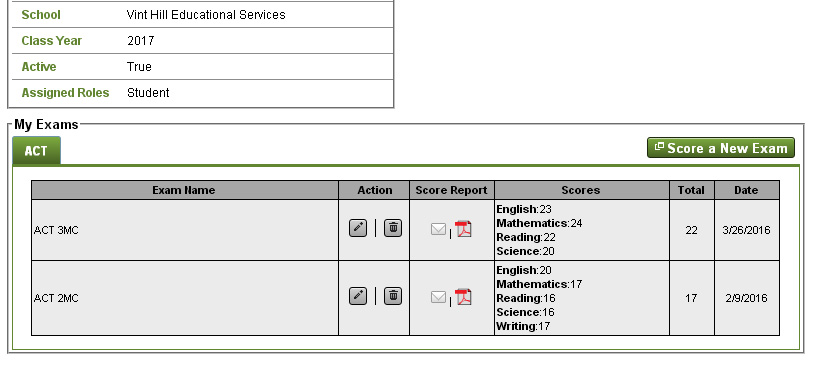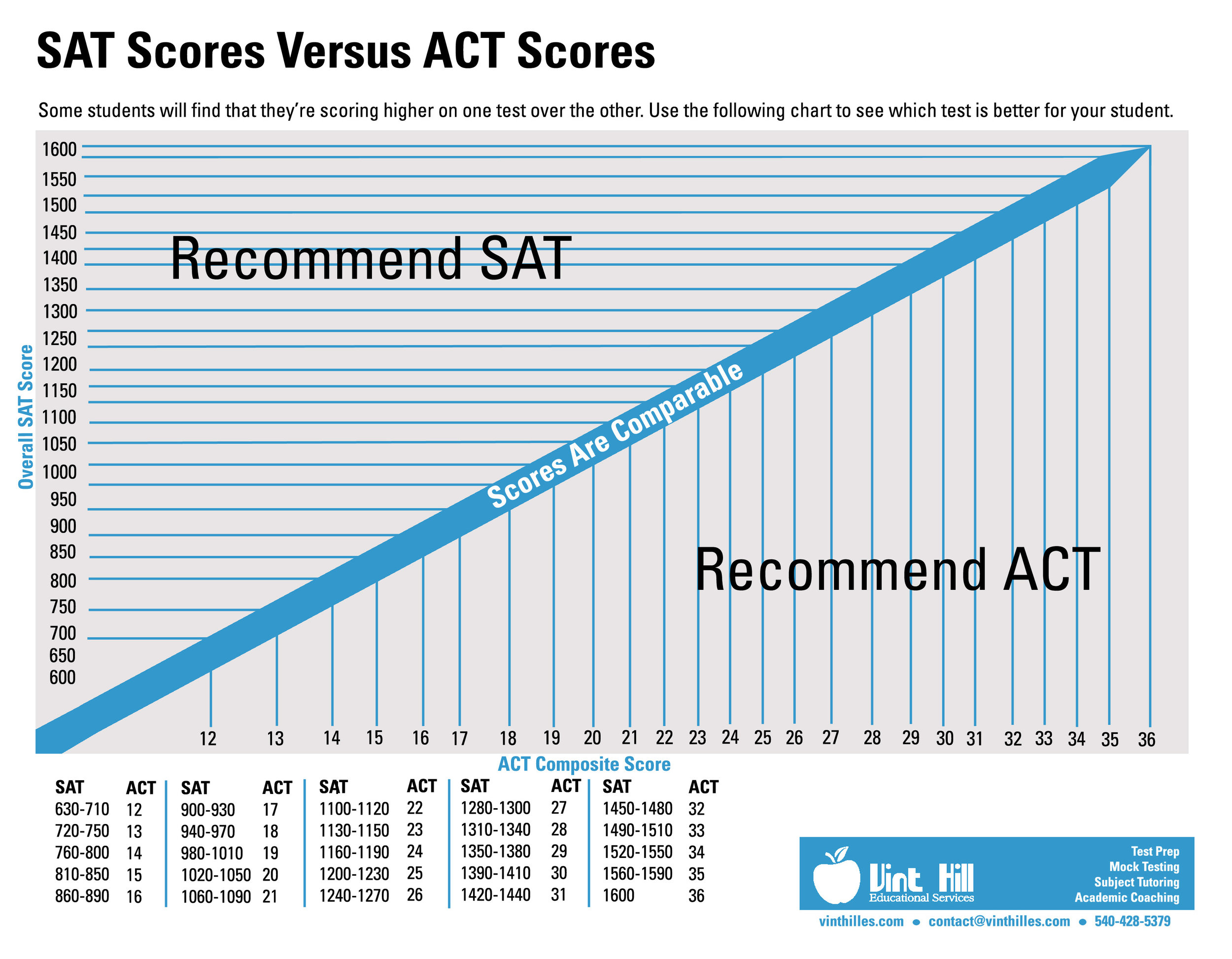Colleges and universities receive thousands of applications each year. Your college application needs to impress them and sell yourself. What is unique about you and your experiences? It is important to put across what will make YOU an excellent fit within that college’s community.
1. Select the Best Topic for You
Many colleges provide suggested topics that you can choose from. Typically, they’re broad and designed to offer some direction and guidance. They should only be considered as a starting point and not where your application essay begins. A top mistake students make when it comes to college application essays is not really giving careful consideration when thinking about their prompt choice.
It happens quite frequently; students jump straight to the prompt that appears the easiest. However, just because an essay seems easy to write doesn’t mean it’s the essay you should choose to write. Students should ask the following question, “Which of these essays allows for me to talk about myself in a way that the admission counselor hasn’t already heard before?” Also ask yourself, “Which one of these prompts would all of my friends choose to write on?” You may not want to write on the same prompt that every one of your friends would write on.
2. Bring on the Brainstorming
Set aside enough time for brainstorming. Application essays that are well written and thought out take time. You cannot sit down at your computer and in three hours type up your best work. That may have worked fine in your History class, but this is a college application essay.
Once you’ve chosen a prompt, don’t just write an essay on the first idea that pops into your head. Set aside enough time and brainstorm everything. Just because you write an idea down, doesn’t mean it will end up being the topic you select. Brainstorming is an important step to writing a really engaging story. All your ideas are now down on paper and you can now spend the time reviewing each of them.
You should now have a long list of ideas. The question to ask is: Which of these ideas helps demonstrate my personality traits? Usually, the more specific you are, the more engaging your story will be. If you are having a really hard time choosing a topic, pick your top two or three ideas and write outlines for each.
3. Develop a Clear Outline
An outline is an important step in the essay writing process. Architects use blue prints and computer programmers use code; a good outline is like having a roadmap for your essay. Writing a successful essay is much easier once you have a clear outline.
Your essay is like telling a story. You should write your outline with a beginning, a middle, and a conclusion. When writing your outline, it is also a great time to begin thinking about some of the important parts of the essay. A hook is the most important part of the college admission essay. By the time the admissions officer gets to the end of the second line, he or she has likely decided if they are invested or if they will passively read the essay. You want something that will make the admissions department employee choose the first option.
An essay that takes a circle format is a good choice. Meaning, that where you start is where you end. This can be achieved by opening with a quote that comes in later, or by telling the ending before you get to it and backing up.
4. Writing Your Essay
Once you’ve invested in the time necessary for the first three steps, then writing the actual essay should be the easiest part of the process. Your outline will guide you through the writing part. The most important thing you can do during the writing process is to engage the reader’s imagination. Writing specific descriptions that allow the reader to visualize your story will help keep the reader’s interest.
While writing your essay, try to avoid grammatical and spelling mistakes. But don’t worry too much, you’ve still got one final step.
5. Proof-Read Your Essay, and Then Proof-Read It Again
Students tend to want to just finish their essay and be done with it. However, proof-reading and reviewing plays a crucial role. We all know the nightmare stories that can play out due to not reviewing one’s essay before that final submission. One of the most common mistakes: sending an essay to a school with another school’s name on it. That’s what can happen when you don’t proof-read. So learn from mistakes of others and proof-read your essay. After all, you’ve put so much work into it.
If you find proof-reading to be a difficult task, try reading the essay out loud. A lot of times you’ll catch common mistakes that you may have missed by reading it silently. Then, give it to people whose opinion you trust. This may be a parent (but it doesn’t have to be), a friend, a teacher, a guidance counselor, a tutor. It never hurts to give it to someone who is really familiar with college admissions, but the most important thing is that the reader will give you honest feedback. Important questions to ask include: Does this interest you? Did you think it accurately reflected my personality? Was there anything you would change? Do you think the essay answers the original question? Did the introduction interest you?
Once you get this feedback, go back to your essay and make any changes necessary. Repeat this step until you are completely satisfied.
The last thing you need to do is have someone check your essay for grammar and spelling. The person you choose should not read your essay for content, but solely to provide feedback on the basics. Once you get any changes, make them and review one last time.
Do you need help writing an essay? Let us know you're looking for a writing tutor!







